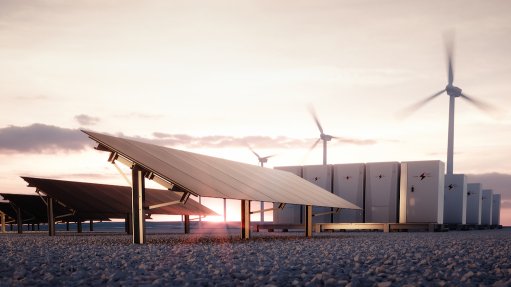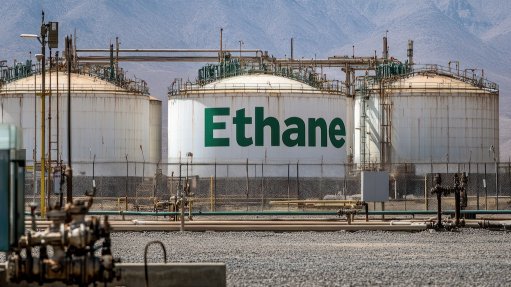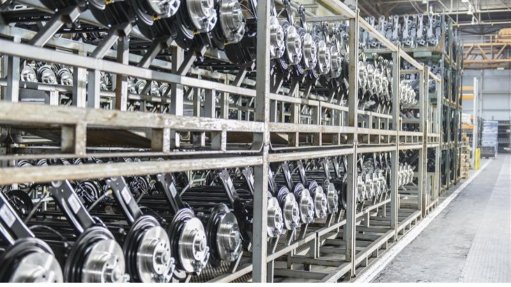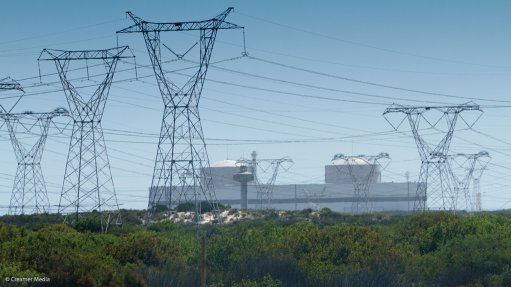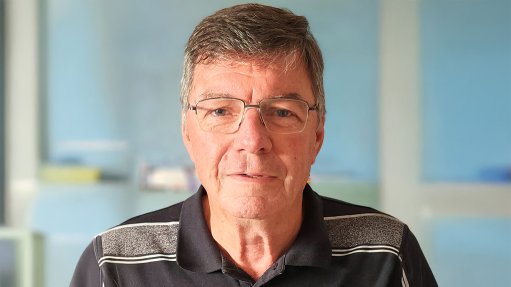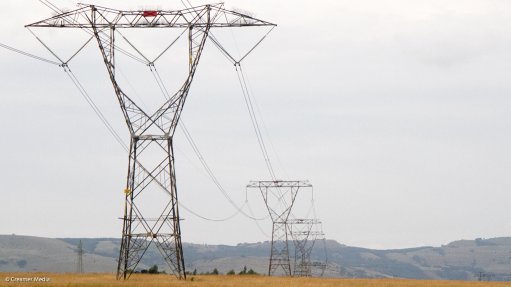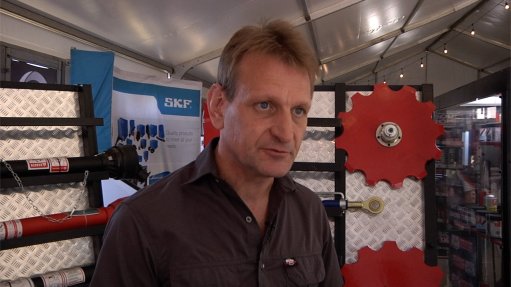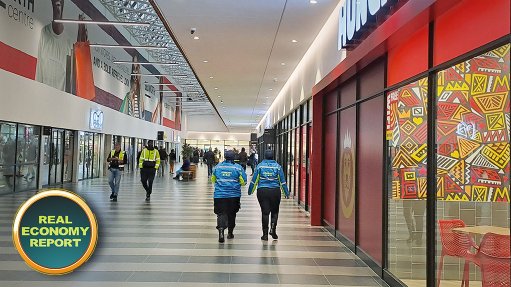Afsia unpacks record year for global solar installations in 2023
Africa Solar Industry Association (Afsia) finds in its fourth yearly ‘Solar Outlook’ report that 350 GW of solar power were added in 2023, marking the highest year for solar photovoltaic (PV) installations in history.
In 2022, about 240 GW were added, which increased by 46% to 350 GW having been added. The 2023 figure alone accounts for 31% of all solar PV capacity added since 2017.
Afsia estimates that 1.5 TW of solar plants have been installed globally, which clearly indicates an exponential growth of PV installations worldwide.
If the trend continues there is a very high probability of surpassing 2 TW by the end of 2024.
Afsia says decreasing solar and storage prices, as well as growing concerns about energy security at national and individual level, are driving solar growth globally.
The African continent on its own experienced solid growth of solar in 2023, in line with the rest of the world. The continent’s solar capacity additions still only represent 1% of the global additions, but the 3.7 GW it added in the year marks the best performance ever recorded.
Africa now houses more than 16 GW of solar projects – not accounting for residential installations, which are not tracked by Afsia.
While Africa has followed a similar growth path as the rest of the world in 2022 and 2023, the drivers of that growth may be fundamentally different. In Europe, the US and China, most of the added capacity is the result of government programmes and tenders, leading to large utility-scale projects being connected and injecting into the grid.
The main motivation is to increase electricity supply to meet the demand on the grid, but at the cheapest possible cost and while reducing carbon emissions. In the case of Europe and in the context of the Russia/Ukraine conflict, a layer of energy security concerns also adds to the mix, leading various European countries to launch supportive policy to aggressively add renewables to the grid.
In Africa, however, the picture seems to be very different. Most of the added capacity in 2023 was through commercial and industrial projects, at about 65%. Unlike other parts of world, there have actually only been a handful of utility-scale projects, driven by government requirements, connected to the Africa grid in 2023.
In Africa, new solar additions have mostly been driven by economic decisions of the business community.
In the absence of reliable utility companies and grid supplying the required electricity, African companies and businesses finally have found an alternative with solar and storage owing to plummeting prices of both key components.
There is a low probability that this downward trend of solar equipment prices will change and therefore there is an expectation of an acceleration of commercial and industrial solar across the continent.
Afsia says this is great news for the continent’s economic activity, but it also becomes a serious threat to national utility companies that have been struggling financially for years and whose financial balance is not going to improve, with more and more large customers covering a large portion of their electricity consumption with their own solar energy and/or going completely off-grid.
In terms of South Africa, the country is still the leader in solar installations on the continent, having added 2 965 MW in 2023, out of the continent’s 3 745 MW added. South Africa has at least 7 781 MW of solar installed, representing almost 47% of all installed capacity on the continent.
Afsia explains that by switching very radically and swiftly to self-reliance on solar for electricity supply, South Africans are showing clear path to the rest of the continent, where alternative options do exist and are financially viable if the national utility fails.
“South Africans had no choice and had to adapt very quickly. The conversion to solar in South Africa was also greatly helped by the presence of many experienced solar companies and the existence of a solid financing environment that understands solar and could propose adequate financing instruments for all kinds of solar project requirements,” Afsia states.
The organisation believes it will be interesting to see in the coming years how far companies and residents of other African countries will be inspired by the South African example.
Prices of solar and storage are constantly declining, making the switch to solar easier and more affordable every day. Yet, despite the need for stable electricity and the attractiveness of solar, the absence of a mature enabling environment (composed of solar and financing experts, as well as adequate policy) may slow down the speed at which solar penetrates the rest of the continent.
Comments
Press Office
Announcements
What's On
Subscribe to improve your user experience...
Option 1 (equivalent of R125 a month):
Receive a weekly copy of Creamer Media's Engineering News & Mining Weekly magazine
(print copy for those in South Africa and e-magazine for those outside of South Africa)
Receive daily email newsletters
Access to full search results
Access archive of magazine back copies
Access to Projects in Progress
Access to ONE Research Report of your choice in PDF format
Option 2 (equivalent of R375 a month):
All benefits from Option 1
PLUS
Access to Creamer Media's Research Channel Africa for ALL Research Reports, in PDF format, on various industrial and mining sectors
including Electricity; Water; Energy Transition; Hydrogen; Roads, Rail and Ports; Coal; Gold; Platinum; Battery Metals; etc.
Already a subscriber?
Forgotten your password?
Receive weekly copy of Creamer Media's Engineering News & Mining Weekly magazine (print copy for those in South Africa and e-magazine for those outside of South Africa)
➕
Recieve daily email newsletters
➕
Access to full search results
➕
Access archive of magazine back copies
➕
Access to Projects in Progress
➕
Access to ONE Research Report of your choice in PDF format
RESEARCH CHANNEL AFRICA
R4500 (equivalent of R375 a month)
SUBSCRIBEAll benefits from Option 1
➕
Access to Creamer Media's Research Channel Africa for ALL Research Reports on various industrial and mining sectors, in PDF format, including on:
Electricity
➕
Water
➕
Energy Transition
➕
Hydrogen
➕
Roads, Rail and Ports
➕
Coal
➕
Gold
➕
Platinum
➕
Battery Metals
➕
etc.
Receive all benefits from Option 1 or Option 2 delivered to numerous people at your company
➕
Multiple User names and Passwords for simultaneous log-ins
➕
Intranet integration access to all in your organisation






